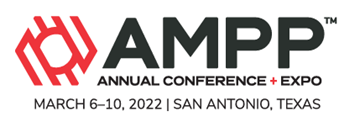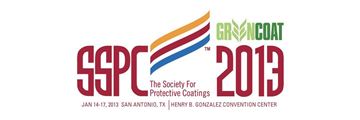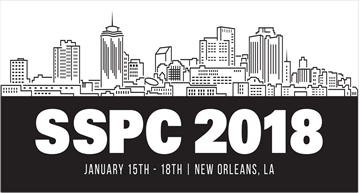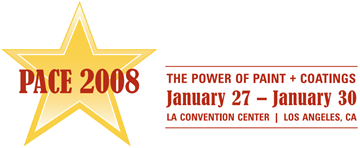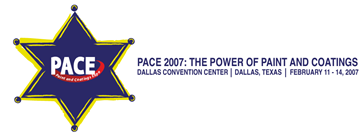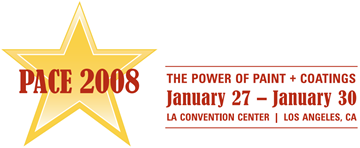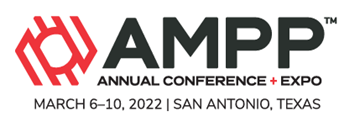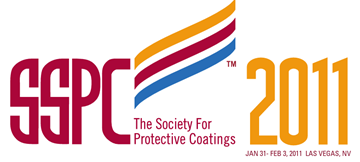Search
Coatings
View as
Sort by
Display
per page
3D Printing Of Cemented Carbide: A Review And Perspectives In Oil Sands
Product Number:
51322-17506-SG
Publication Date:
2022
$20.00
3rd-Party Inspection: The Good, the Bad, the Ugly
Product Number:
41213-785-SG
Publication Date:
2013
$20.00
A Value Engineered Solution…Value to Whom?
Product Number:
51218-115-SG
Publication Date:
2018
$20.00
A 20 Year Performance Evaluation of an Organic Zinc Rich Paint System
Product Number:
41208-405-SG
Publication Date:
2008
$20.00
A 30 Year Case History of Polyurethane Thick Film Coatings in Civil Engineering Applications
Product Number:
41205-194-SG
Publication Date:
2005
$20.00
A Brief of Ion Barrier Anti-Corrosion Coatings
Product Number:
41210-575-SG
Publication Date:
2010
$20.00
A Business Makeover for You and Your Business
Product Number:
41207-337-SG
Publication Date:
2007
$20.00
A Case Study in Changing Environmental Conditions and Utilizing a Urethane Concrete Moisture Control System
Product Number:
41208-447-SG
Publication Date:
2008
$20.00
A Case Study On Microbiologically Influenced Corrosion In Oil Producing Well Flowlines
Product Number:
51322-17924-SG
Publication Date:
2022
$20.00
A Case Study-Caustic Gouging Of Boiler Tubes
Product Number:
51322-17780-SG
Publication Date:
2022
$20.00
A Contractor’s Overview of Fall Protection: Here’s a practical reminder about regulations and practices for protecting painters from falls
Product Number:
41211-617-SG
Publication Date:
2011
$20.00

